The Water We Eat
An animated infographic story that turns the revolutionary science of Virtual Water into an engaging digital narrative. Based on the book Virtual Water by Prof Tony Allan and on data published by the Water Footprint Network, this data story creates a journey for readers while they discover how much water we eat everyday.
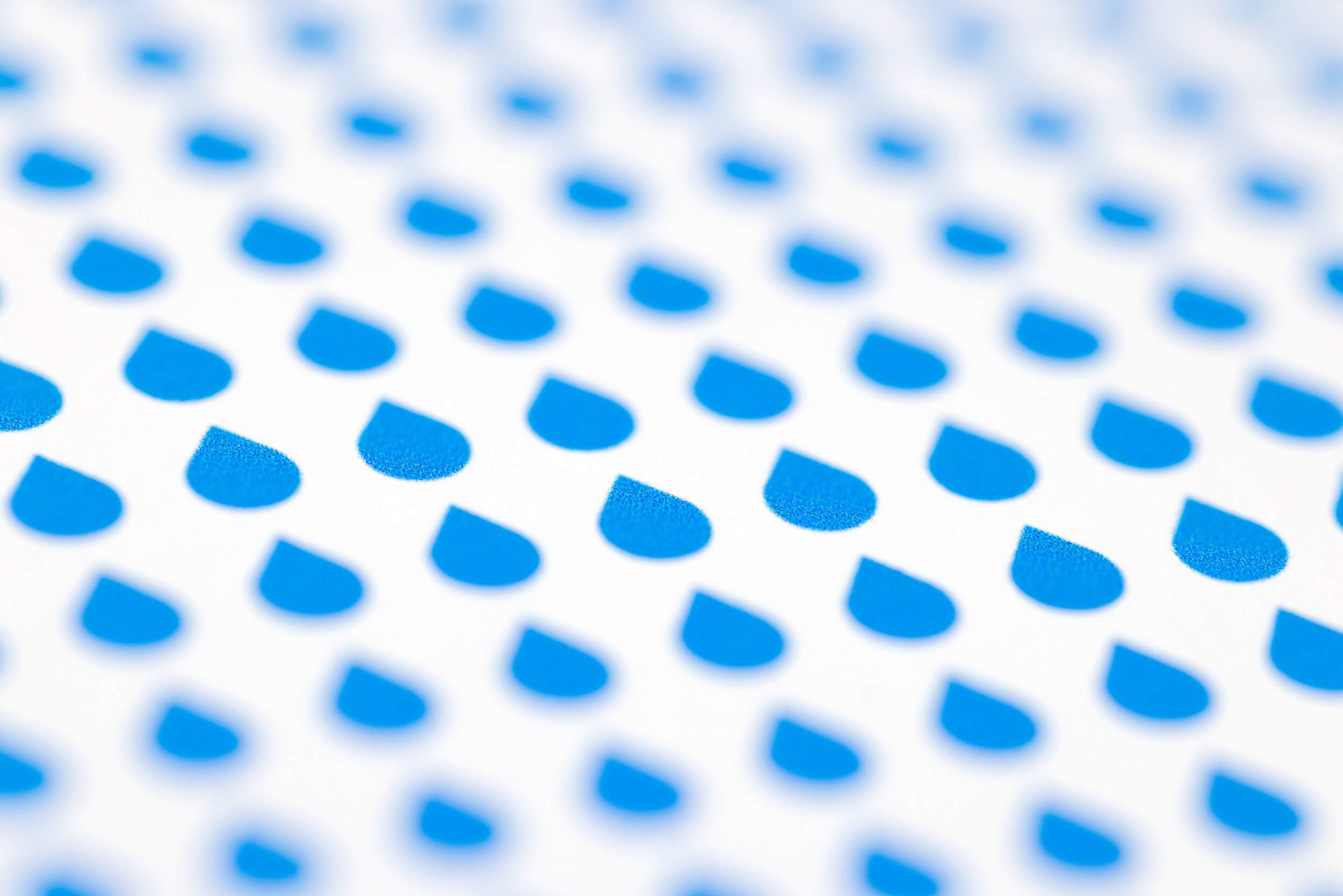
The Water We Eat is an infographic story that explains the revolutionary concept of Virtual Water visualising the link between water and food and the impact of our everyday choices. It empowers the readers through reflection and agency, making the invisible visible.
Based on the data published by the Water Footprint Network (Prof. Arjen Hoekstra) and the book Virtual Water (Prof Tony Allan) the data story creates an engaging journey for readers while they discover how much water we eat everyday.
If we see a packet of pasta we see just that. We forget about all the water used in growing the wheat, producing the packaging or transporting the product. All products have a water cost and that cost is called Virtual Water. The scientific concept of Virtual Water revolutionised the ways in which we understand our water consumption.

In The Water We Eat every sentence and every data visualisation is the result of a 9-month co-design process aimed at constructing a narrative where cognition and perception, logic and emotion, clarity and sense of wonder try to create a memorable data-experience. Imagine a ‘stage’ where words and visualisations dance in sync.
When it was first launched, The Water We Eat was the first animated-scrollable data story.
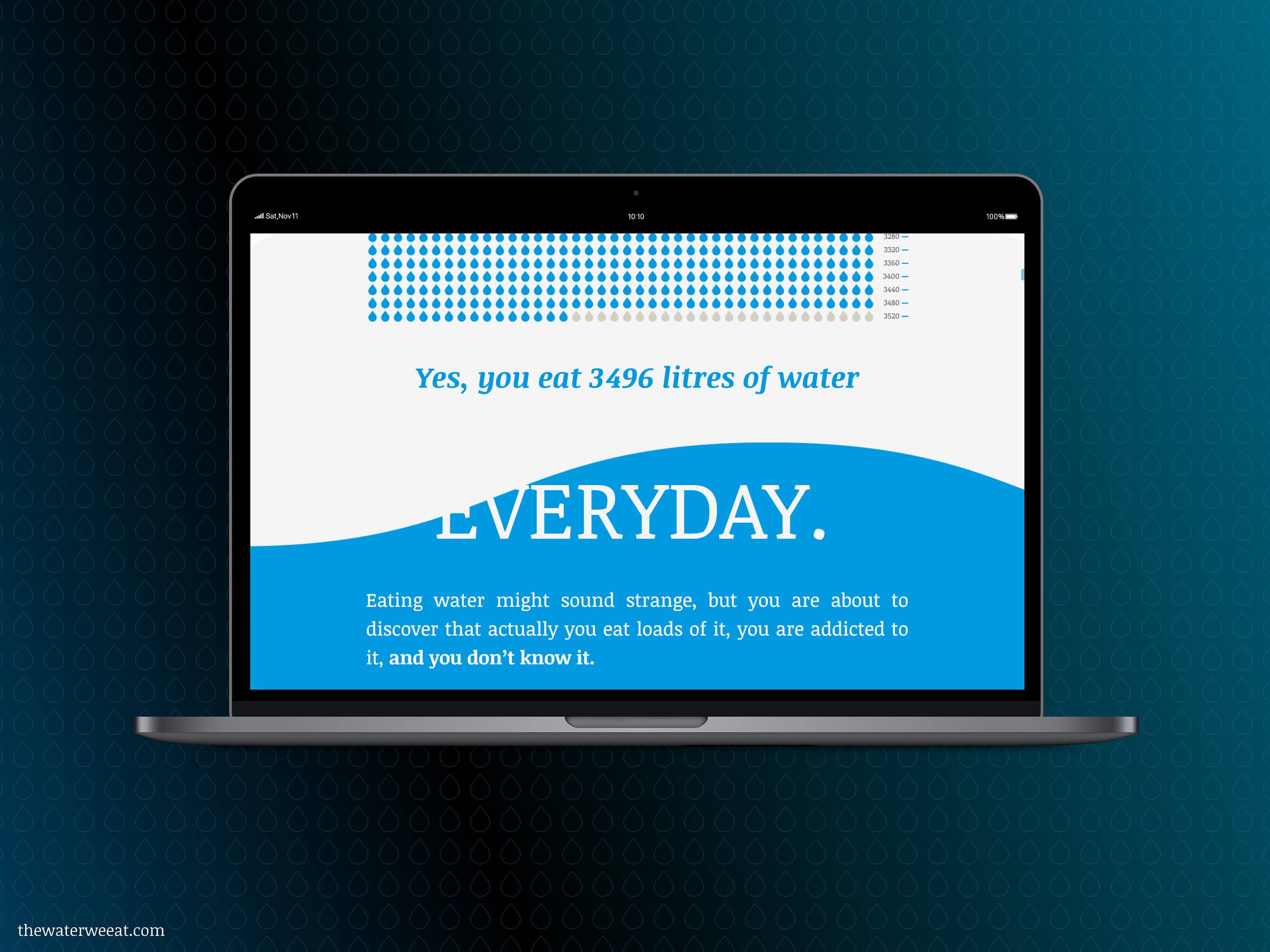

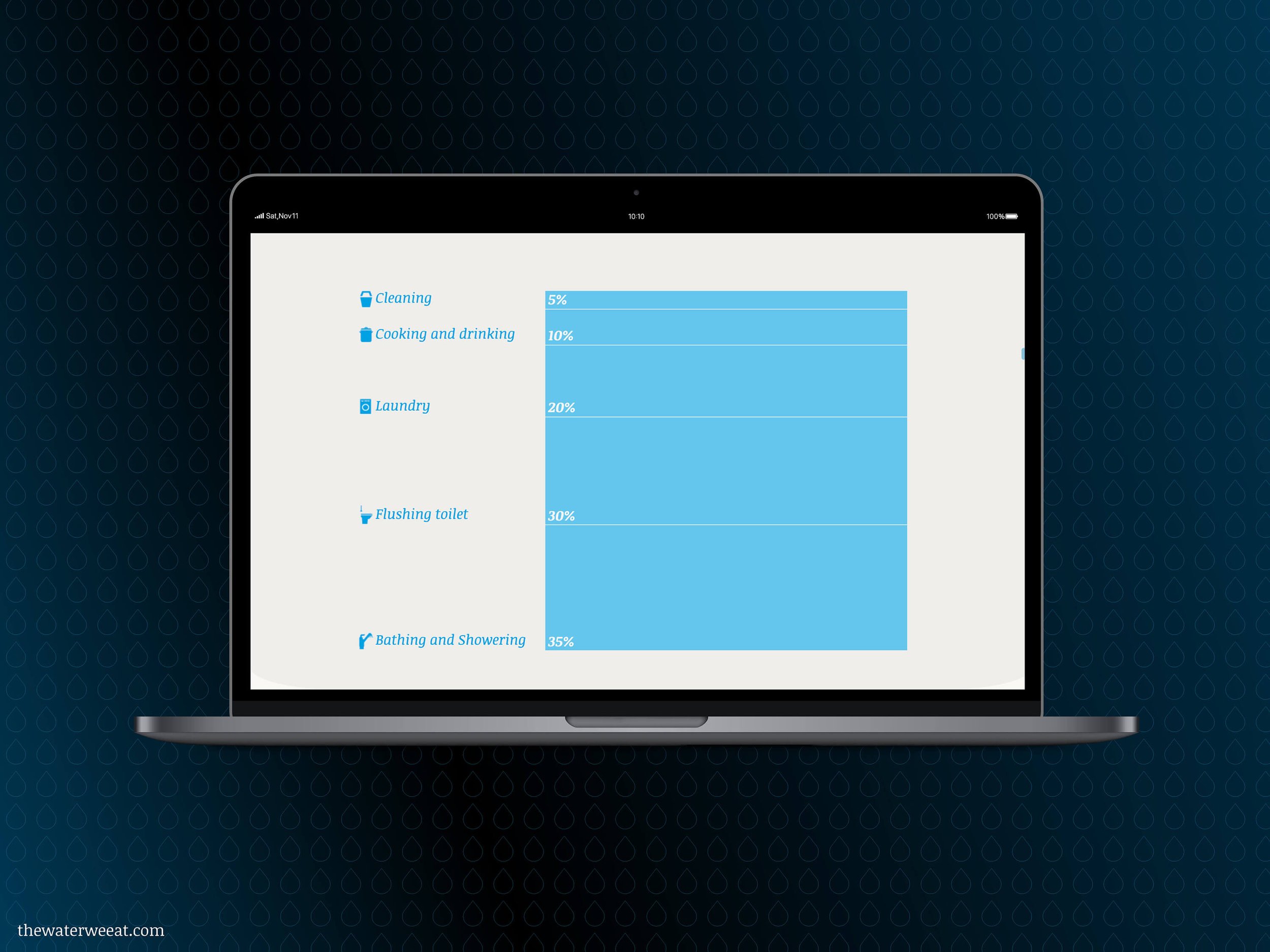

This self-initiate project was powered by the idea that we need a shift in how we communicate science. The project shows that when we design with the collaboration of users, scientists, designers and content experts, the outcome can create ripples that last, contributing to build a more responsible society.
Thanks to the passions of people around the world we have translated the story into 8 languages. A slide deck is downloadable for free and it has been designed to help educators teach school children the science of Virtual Water.



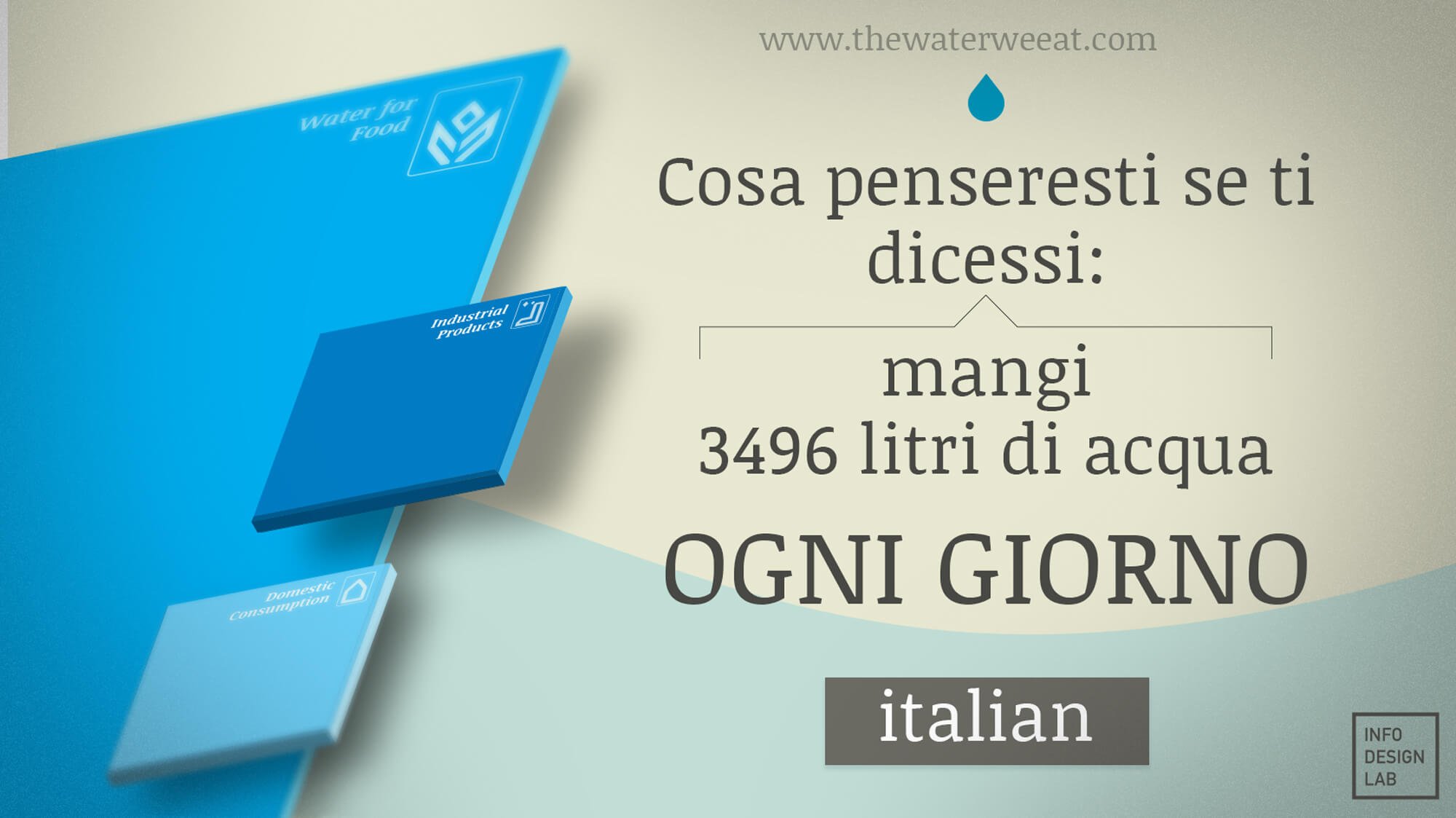




After the launch, the project was featured in The Guardian, Huffington Post, Le Monde, Fast Company, Brain Picker which helped to create a lot of interest in the topic. That interest has never ceased.
What blew us away was the feedback we received by email, Twitter, Facebook, LinkedIn, every year since the launch, from readers who saw a potential in the project that we were initially oblivious to. The feedback of hundreds of different people, from all over the world, has contributed to keep the project alive.
A scientist from Norway wrote that she had been thinking about becoming a vegetarian for several years, but as with everything else, she wanted it not to be a mere assumption, but evidence based. She said that The Water We Eat allowed her to see it black on white that it would mean a difference to the environment if she quit eating meat. She wrote that she already knew from a public health perspective that guidelines advise as little meat (and especially red meat) in the diet as possible and she wrote:
The presentation made me see how changing our habits can affect our life, our health, our planet, every day.
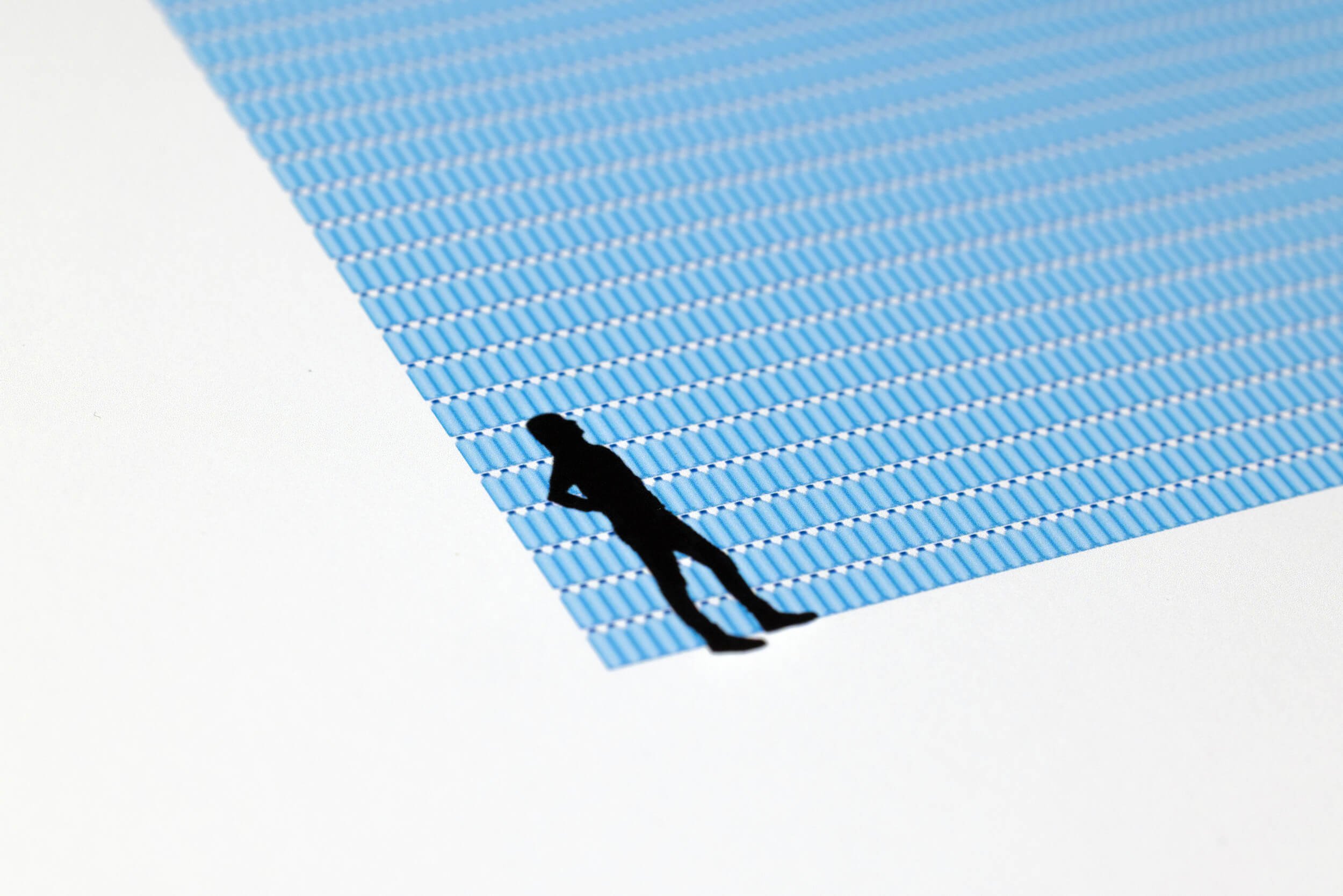
A policy maker from India wrote that during the negotiations at COP 21, the UN Climate Change Conference in Paris, an Indian minister responsible for the environment had come up with suggestions based on the Indian lifestyle being environmental friendly. He knew that the statement the minister had made was partially right, but mostly wrong and The Water We Eat was useful to fact check water data and to understand where the big elephant in the room is. He added that at times many of our politicians worldwide are happy with temporary fixes, which unfortunately could do lots of harm in the long run. He concluded:
Please continue the good work that you are doing. Hoping to see your similar contributions on other issues affecting humanity.

Five years in the making
The Water We Eat was launched in 2012 and it was the result of a 5-year journey in the world of water science.
Angela says that in 2006 this quote The world is thirsty because it is hungry literally dragged her into the invisible and unknown reality of the water crisis. At that time she was attending her last year of a two-year MA in Information Design at Central St Martins in London and she felt the urgent need to rush headlong into the subject of the water crisis, to understand the reasons behind that bold statement.
Starting her research with the United Nations World Water Development Report, she came across the Water Footprint Research and the concept of Virtual Water. The challenge was that it was clear that the report was addressed to the few on the inside of the water science field.
She immediately thought that if the reasons of the water crisis lie in everyone’s life, shared responsibility and general awareness will never be possible unless the information is accessible for a non-technical audience.
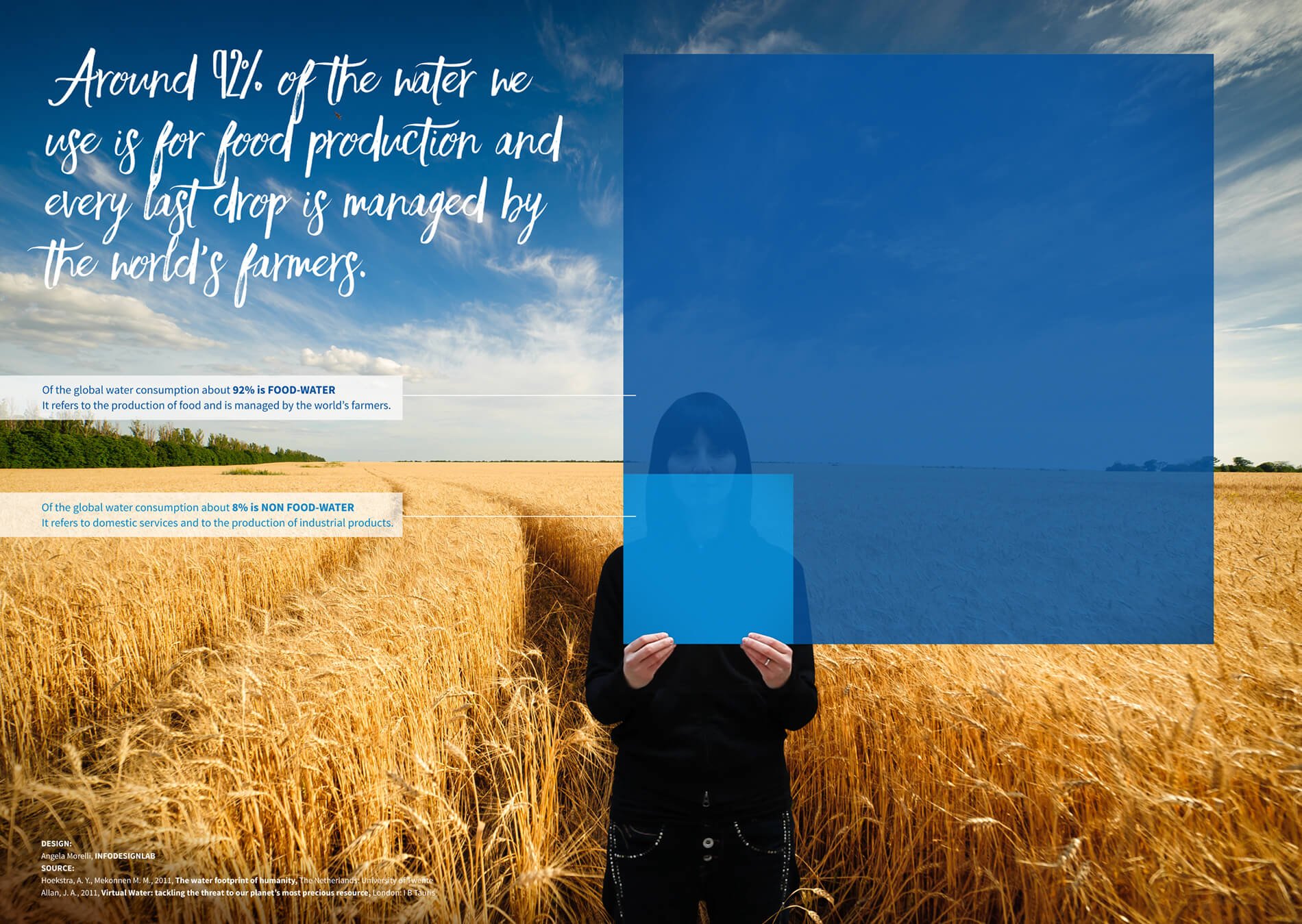
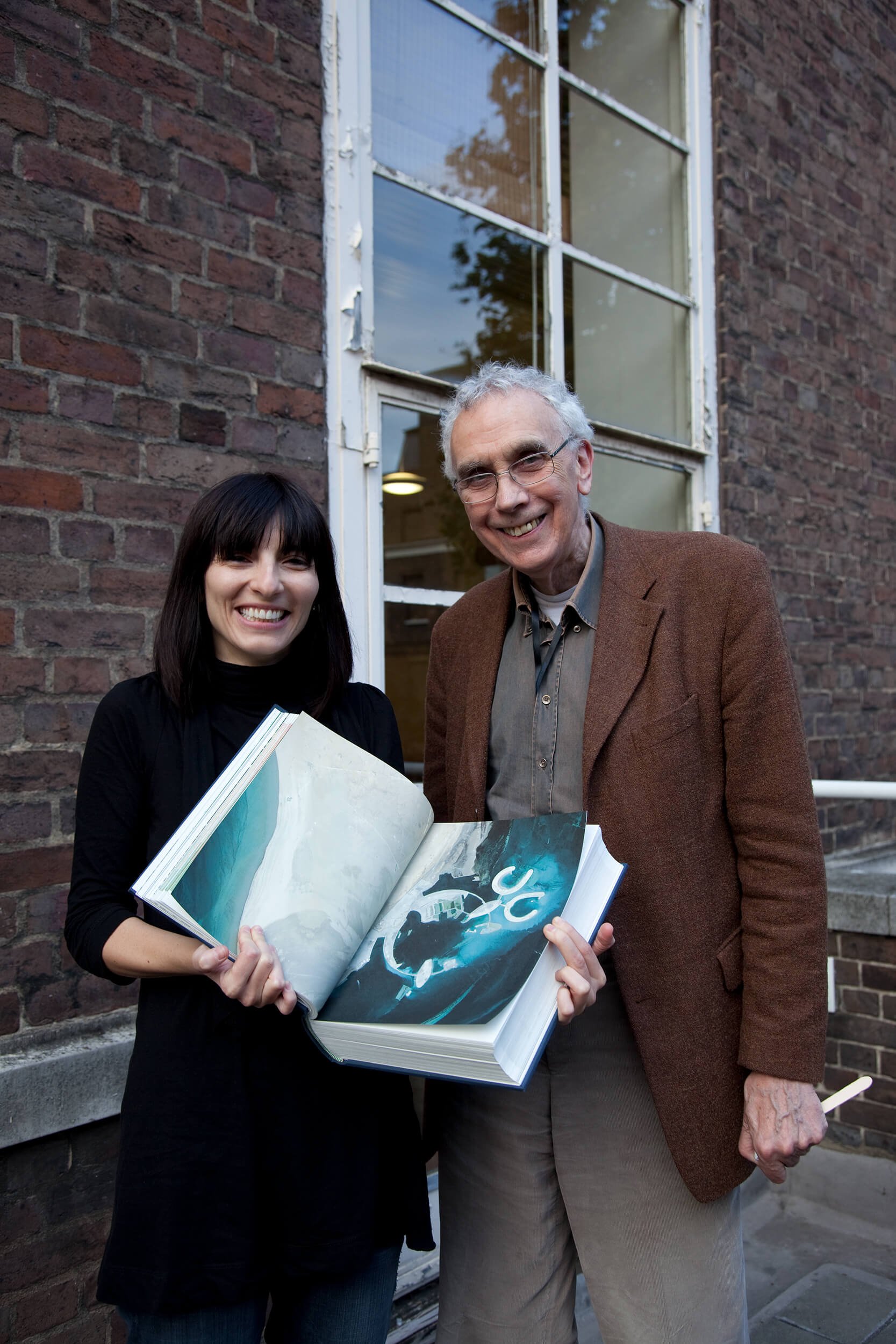

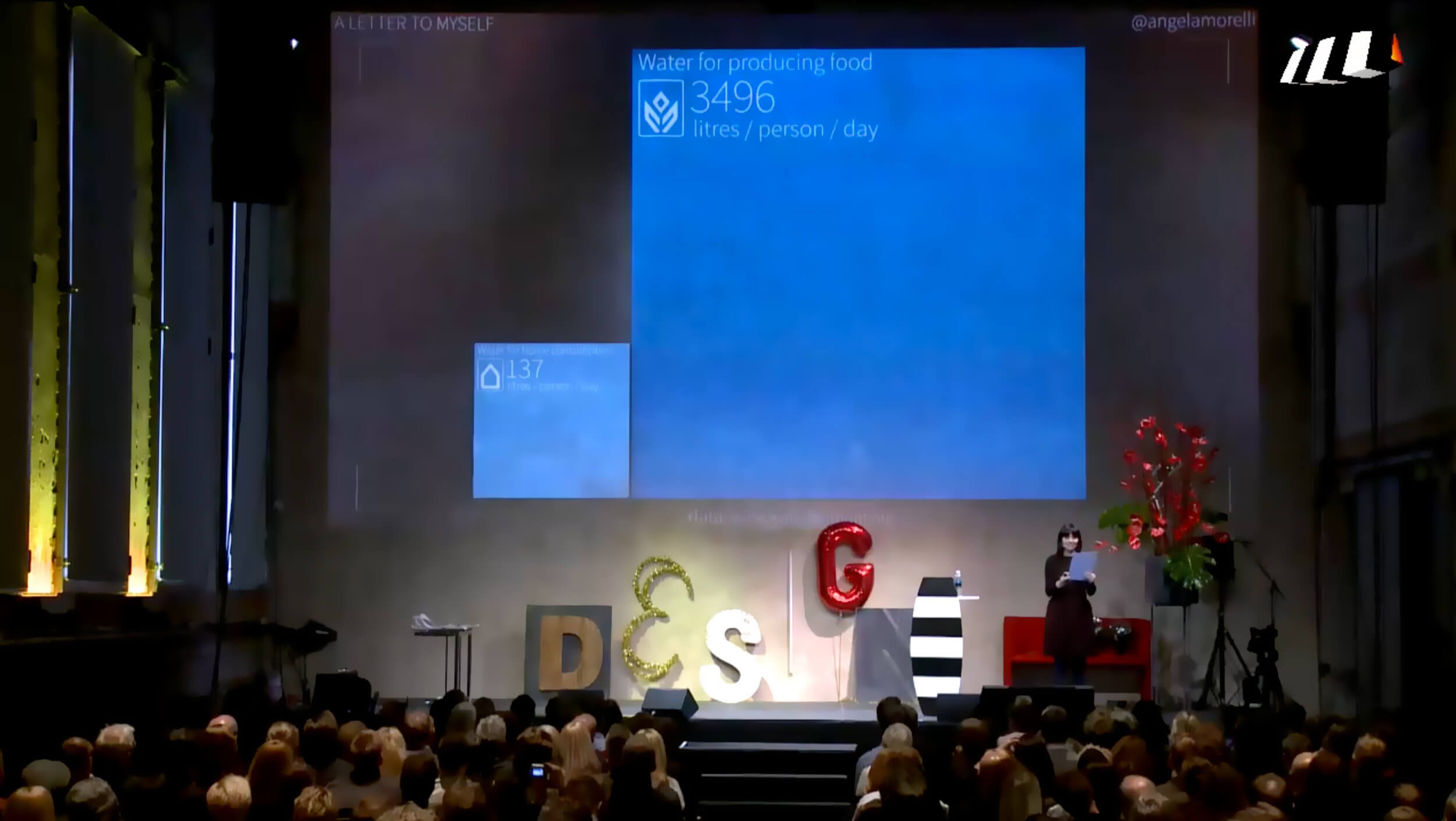
Since 2006, starting with her MA thesis published in 2008 and with the use of information design, data visualisation and presentation design she has been exploring how visual and verbal communication can help lay people understand the concept of virtual water in order to become aware of our everyday water consumption. The drive was and is to empower people to make more informed decision towards a more sustainable way of living.
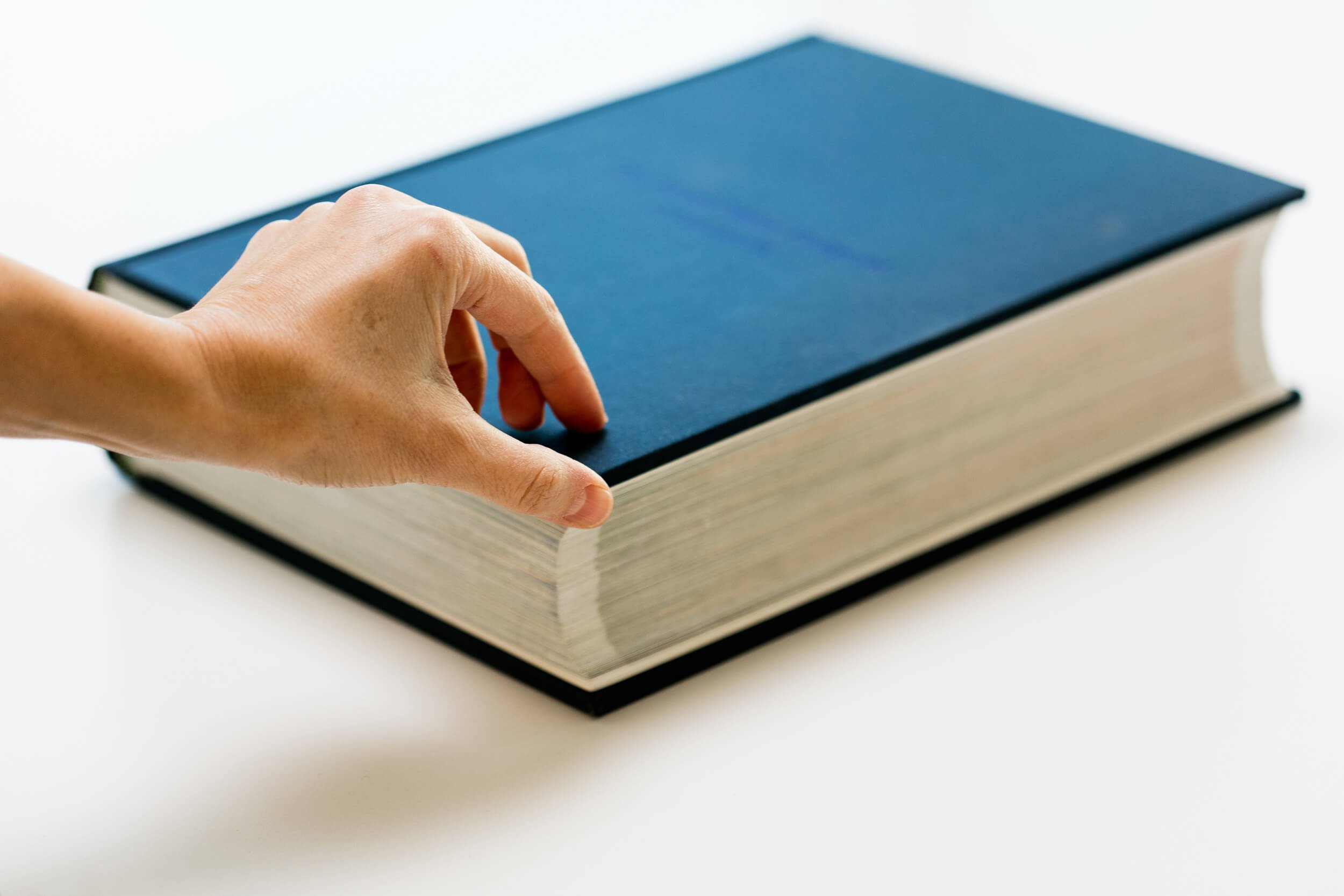


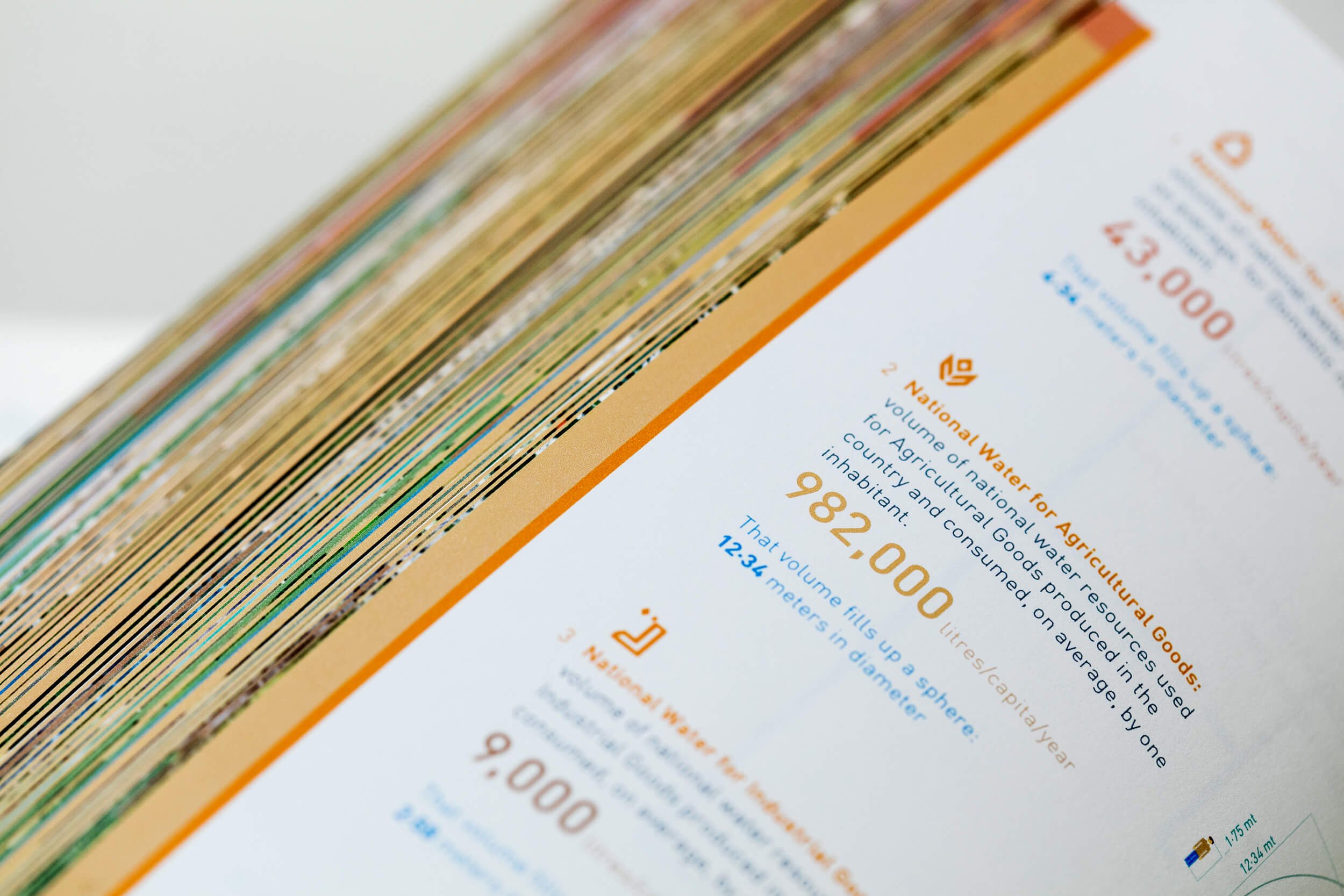
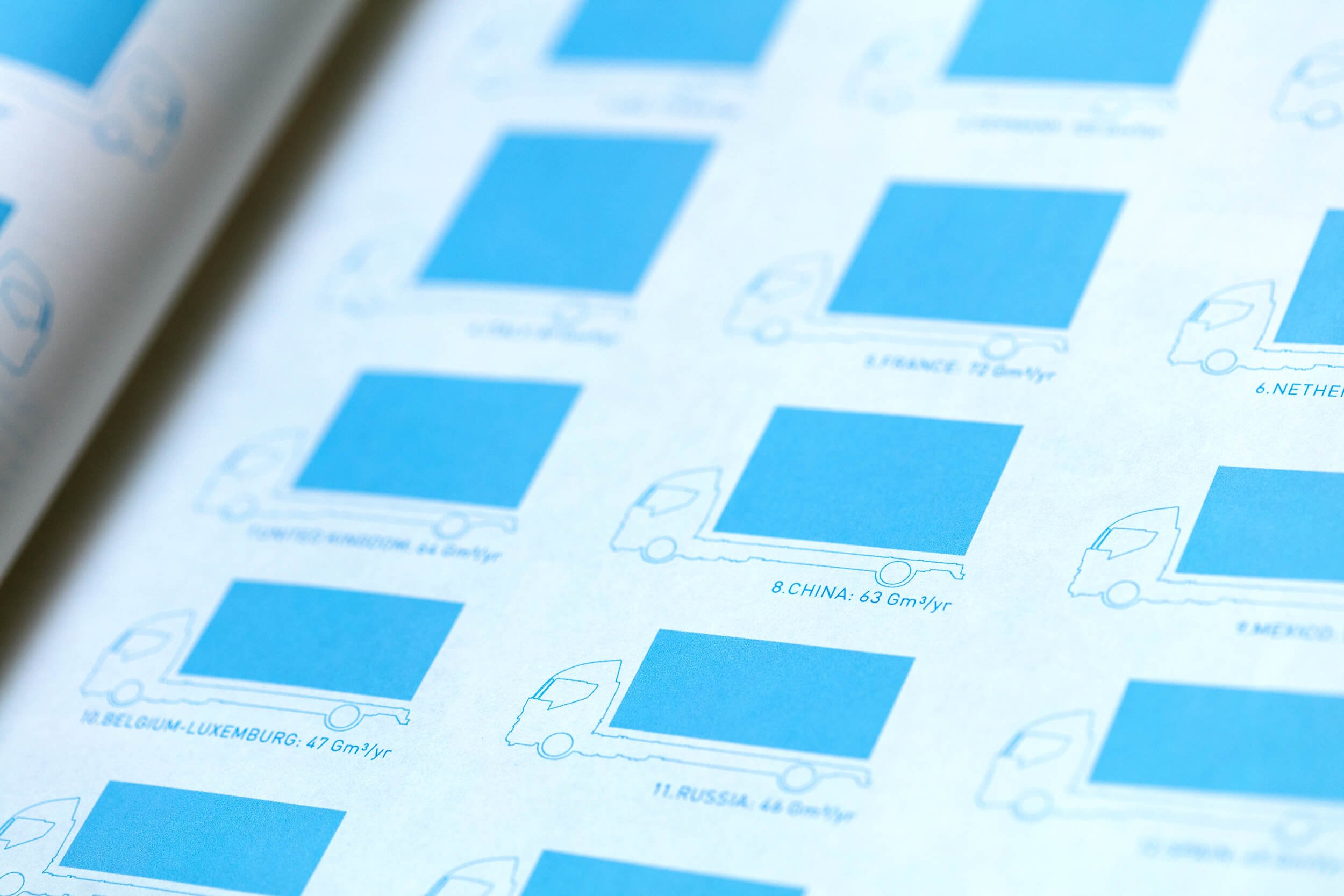
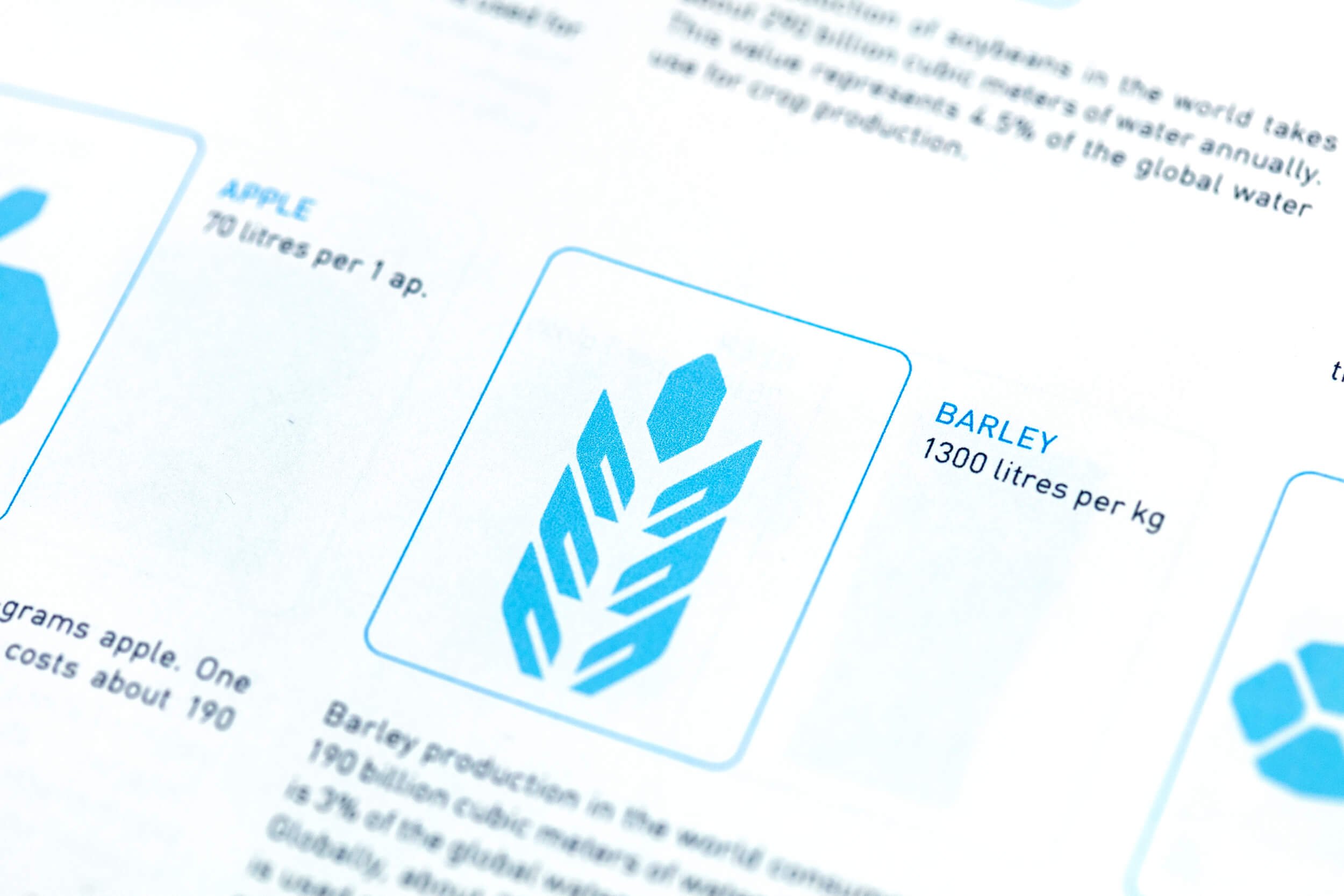

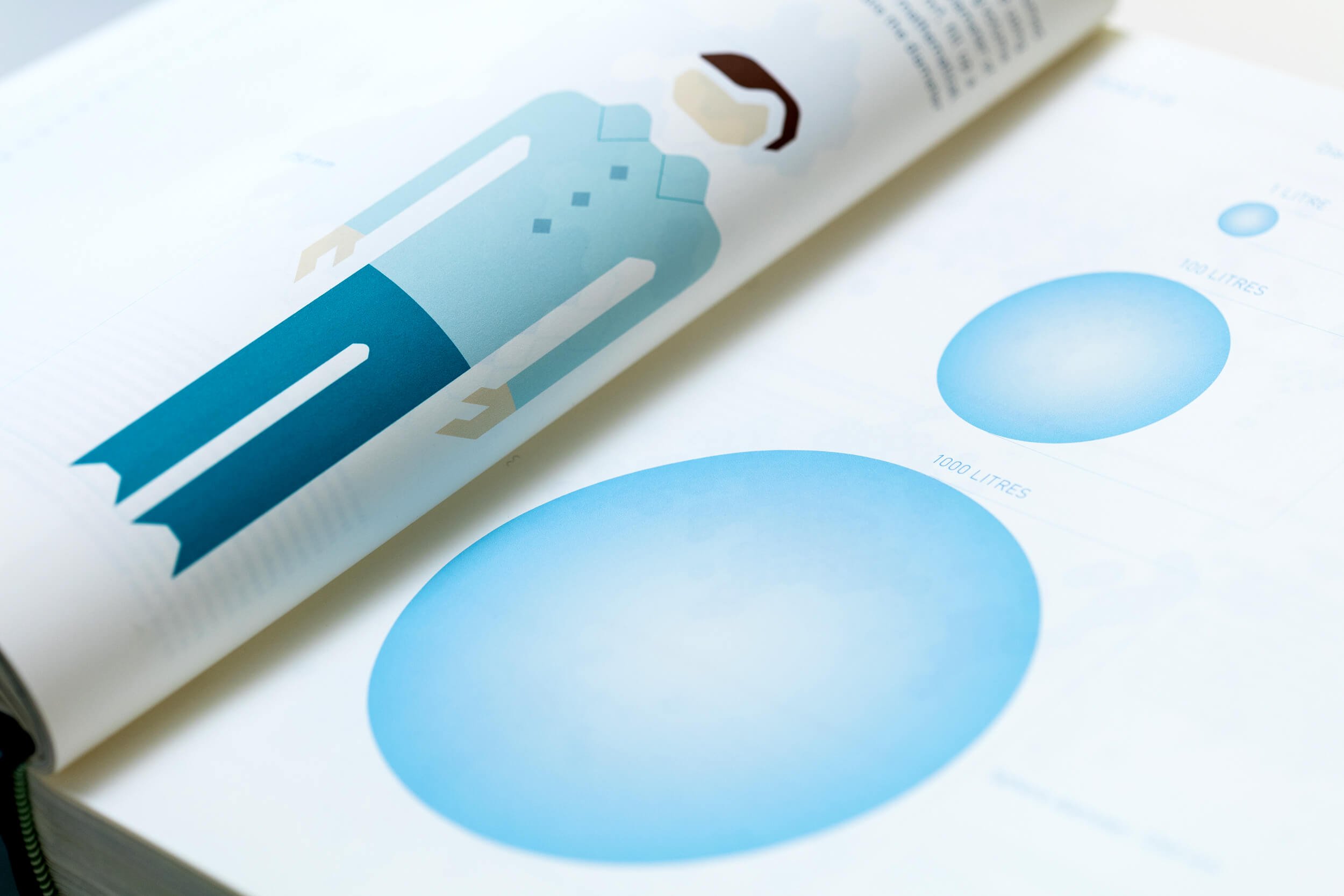





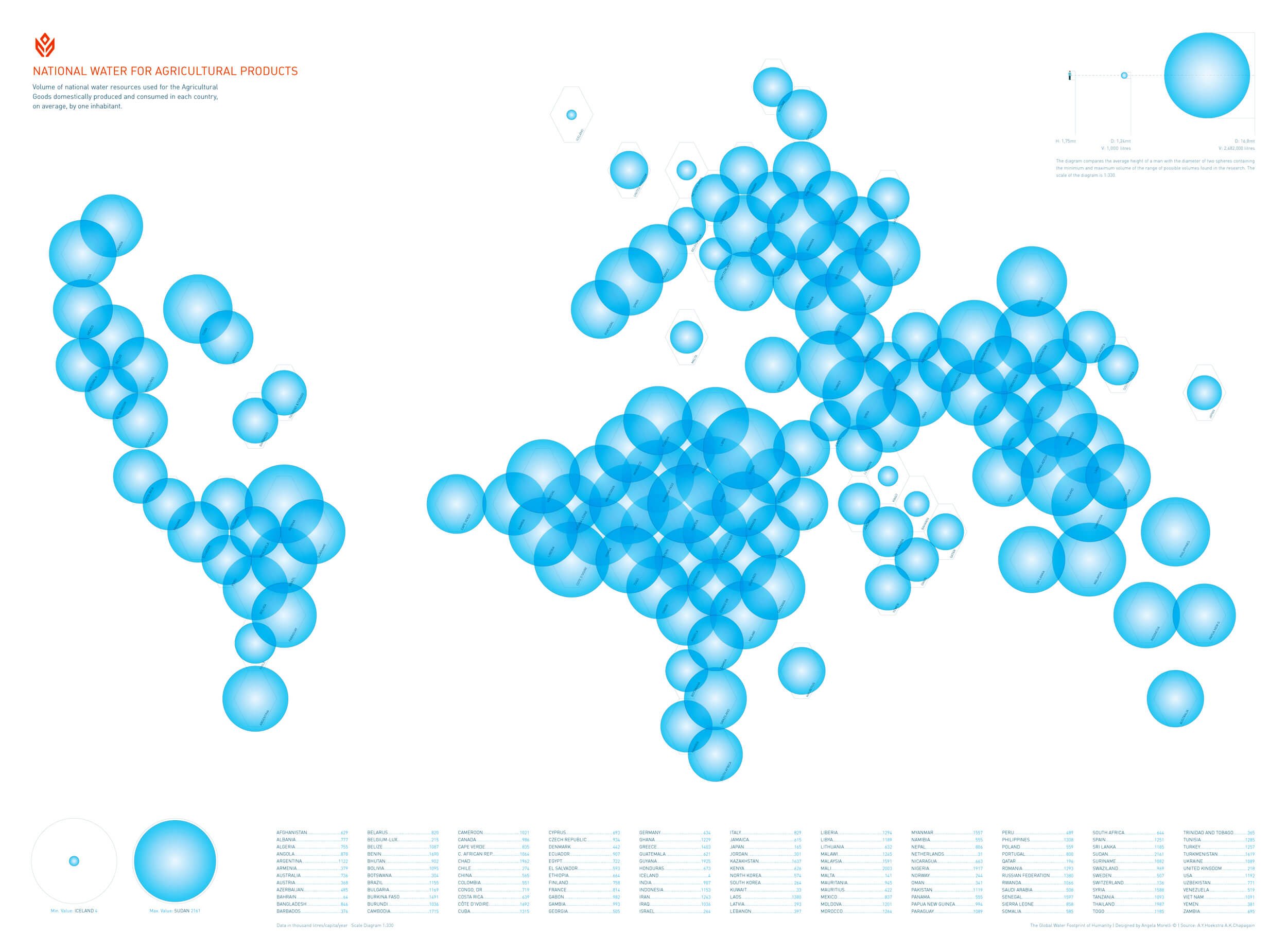


Read More
The Water We Eat, Medium
Discovering the hidden cost of virtual water, World Economic Forum Agenda
This Is How We Can Have Enough Water to Support a Future Population of 9 Billion People, Huffington Post
L’acqua invisibile, La7, Italian National TV
